What Is Renaissance Architecture? Origins, Iconic Structures, And The Architects Behind the Movement
A comprehensive exploration of Renaissance architecture, its humanist origins, defining features, and the master builders and iconic structures that shaped the birth of modern design
Renaissance architecture is what happens when Europe collectively wakes up one morning, looking at its pointy Gothic cathedrals. Suddenly everyone was obsessed with circles, symmetry, and columns that looked like they’d been stolen straight off a Roman holiday. It’s as if the architects of the 15th century decided the world needed fewer dark, brooding buildings and more perfectly proportioned temples to show off how clever they were. So they ditched the gloom, dusted off their geometry textbooks, and produced structures so balanced and elegant that even a Ferrari designer would feel insecure.
A Rebirth Of Ideas And Ideals
The word “Renaissance” literally means rebirth—of knowledge, of principles, of classical wisdom. As Europe emerged from the Middle Ages, scholars rediscovered treatises by Vitruvius, the ancient Roman architect whose writings on symmetry and proportion became the blueprint for a new era of design. Architecture embraced mathematics, perspective and measurement, replacing the vertical drama of Gothic cathedrals with calm, ordered spaces.
Where Gothic structures reached for heaven, Renaissance buildings grounded themselves in human experience. Circles, squares, domes and harmonious ratios became the new vocabulary. This wasn’t just about aesthetics; it was an intellectual revolution. Architects believed that perfectly proportioned buildings could reflect a perfectly ordered universe.
The Masters Who Shaped The Renaissance
Filippo Brunelleschi
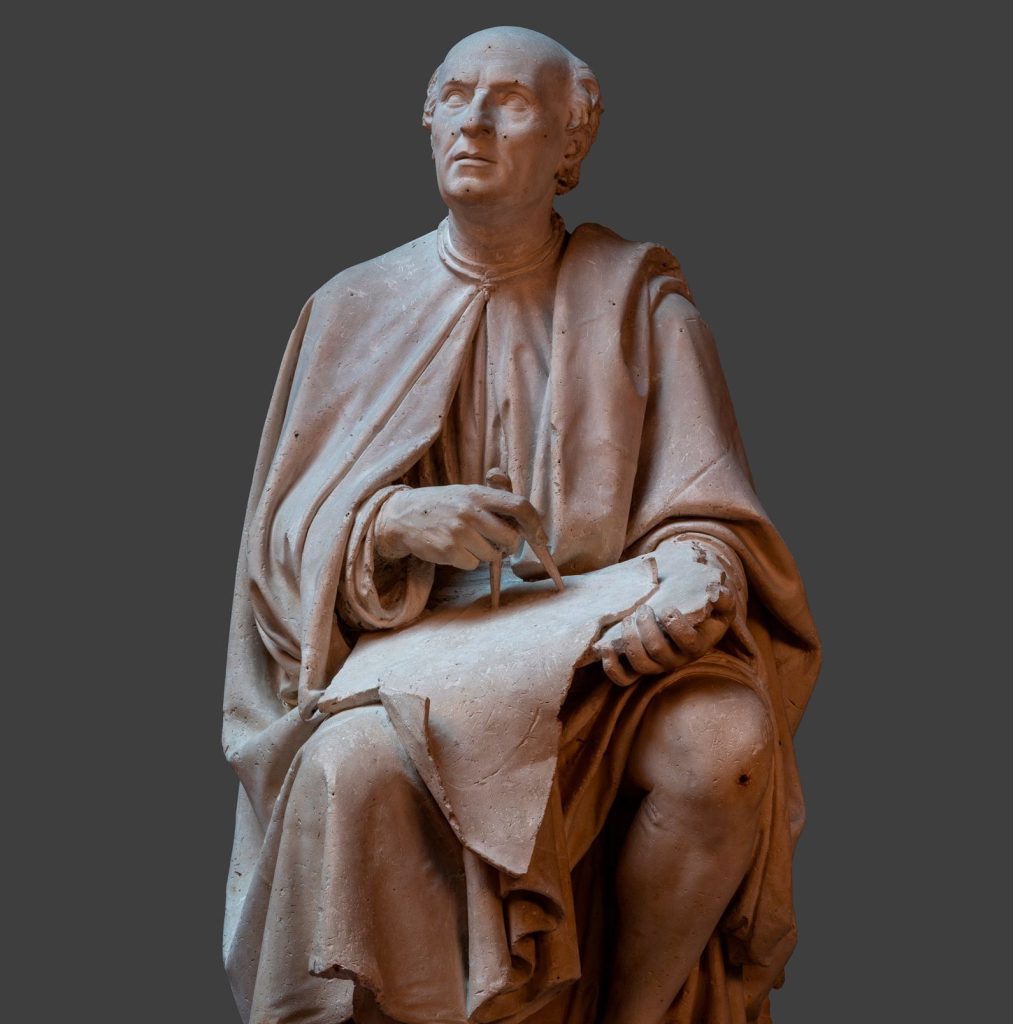
Often considered the father of Renaissance architecture, Brunelleschi changed the course of design when he engineered the unprecedented dome of the Florence Cathedral. His mastery of perspective and mathematical precision helped establish the foundations of the Renaissance aesthetic.
Leon Battista Alberti
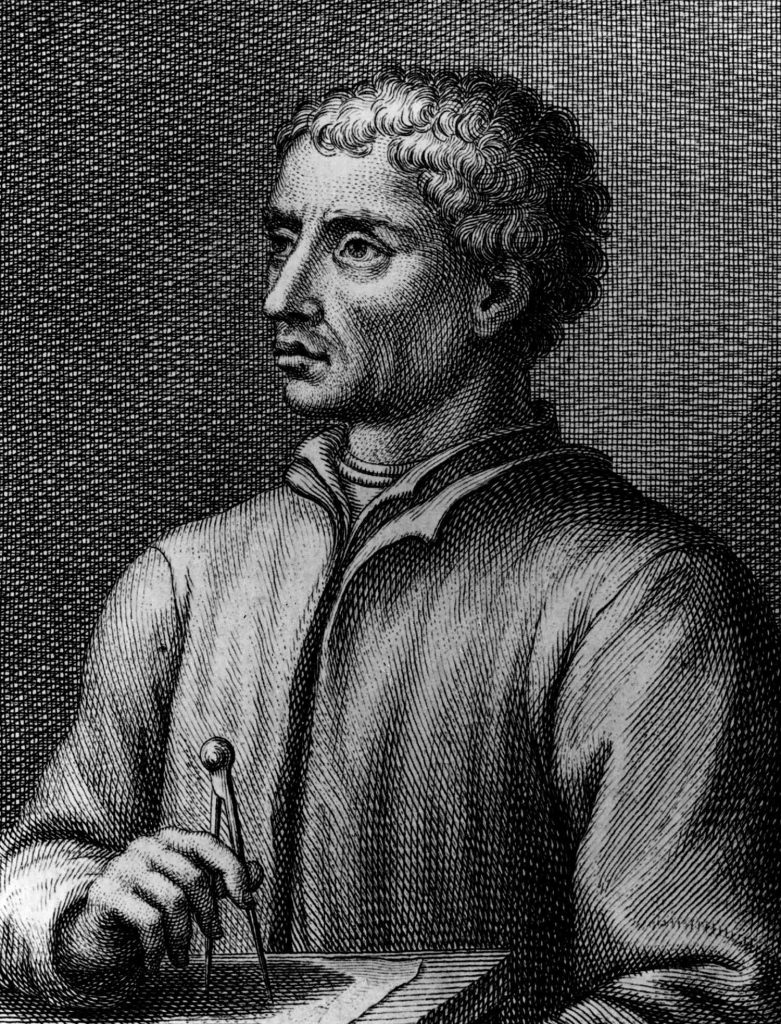
A true Renaissance polymath, Alberti was part architect, part philosopher and part theorist. His treatises, including De re aedificatoria, became the rulebook of the era. Alberti’s façades—such as those on the Church of Santa Maria Novella and the Palazzo Rucellai—turned geometry into poetry.
Donato Bramante
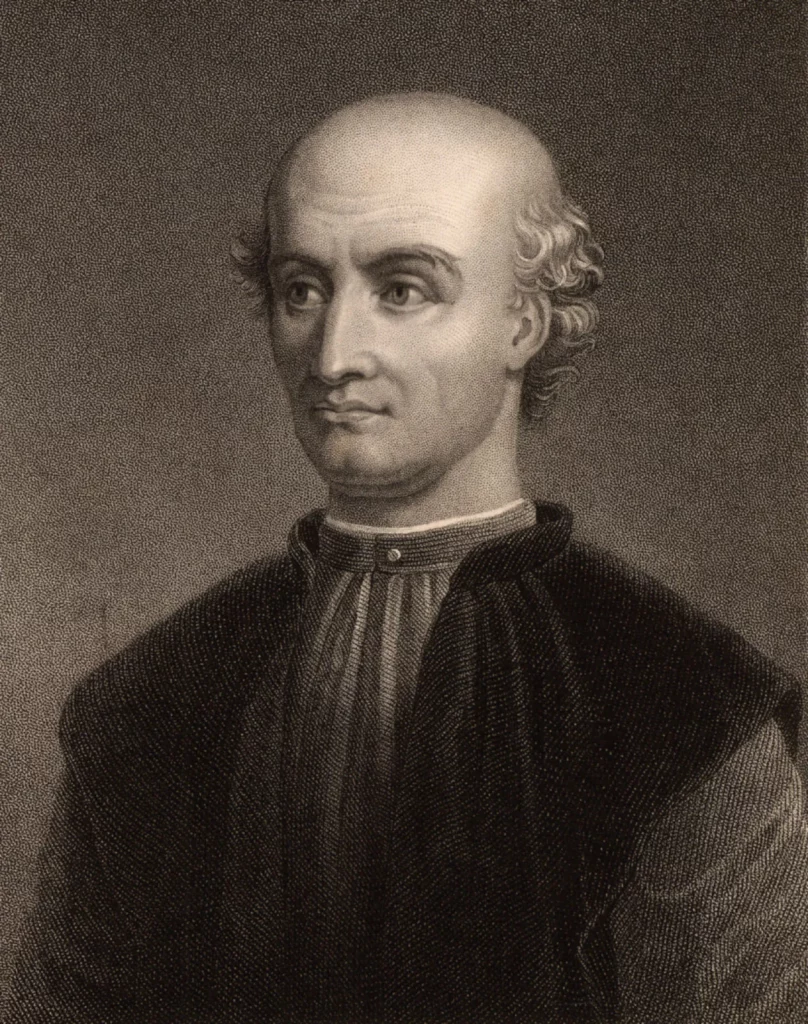
Bramante brought High Renaissance ideals to Rome with clarity and grandeur. His Tempietto at San Pietro in Montorio is often hailed as the purest expression of classical perfection—small, circular, mathematically precise, and spiritually resonant.
Michelangelo Buonarroti
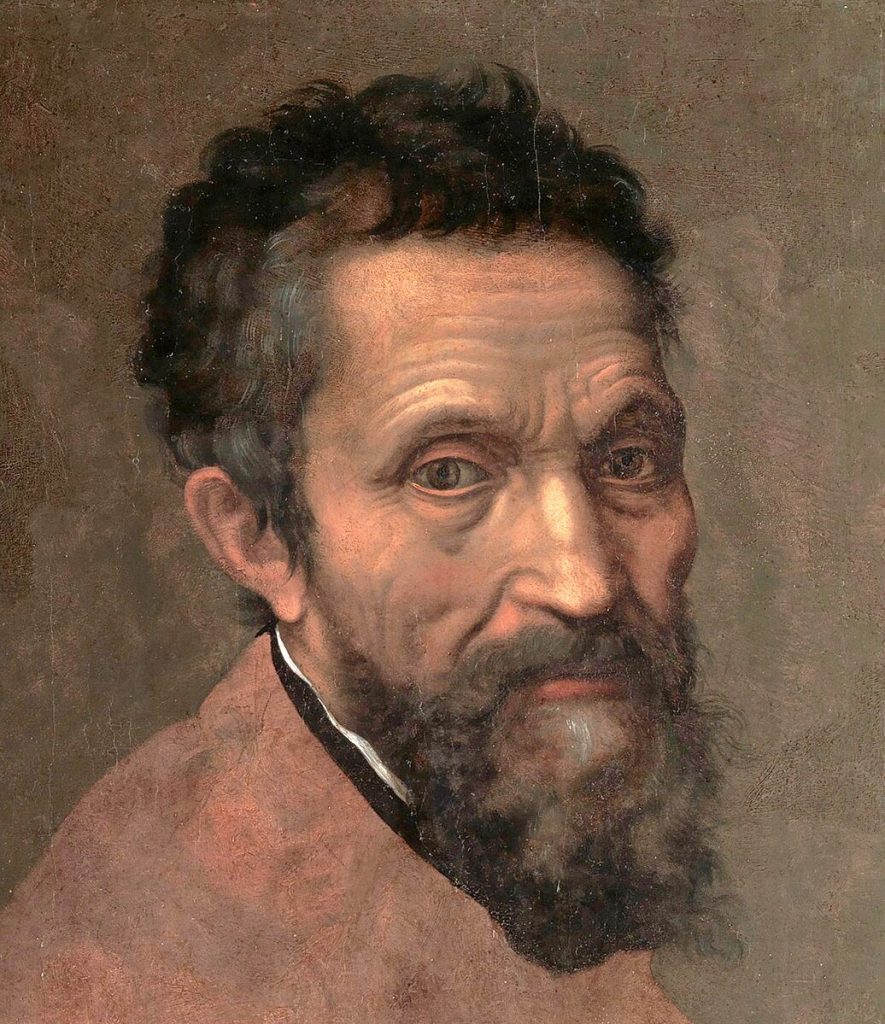
More than a sculptor and painter, Michelangelo was a visionary architect whose muscular forms and bold interventions shaped Rome’s skyline. His redesign of St. Peter’s Basilica, particularly its dome, remains one of the most influential architectural works in history.
Andrea Palladio

No architect has influenced Western design more than Palladio. His villas in the Veneto region, characterized by symmetry, balance and temple-like façades, laid the foundation for Palladianism—a style that would later shape English estates, American government buildings and countless neoclassical structures worldwide.
Iconic Buildings That Defined The Renaissance
Florence Cathedral Dome (Il Duomo)

Brunelleschi’s masterpiece is more than an engineering triumph—it is the symbol of Florence’s confidence and ingenuity. Its double-shell structure, built without traditional scaffolding, revolutionised architectural engineering.
The Tempietto, Rome
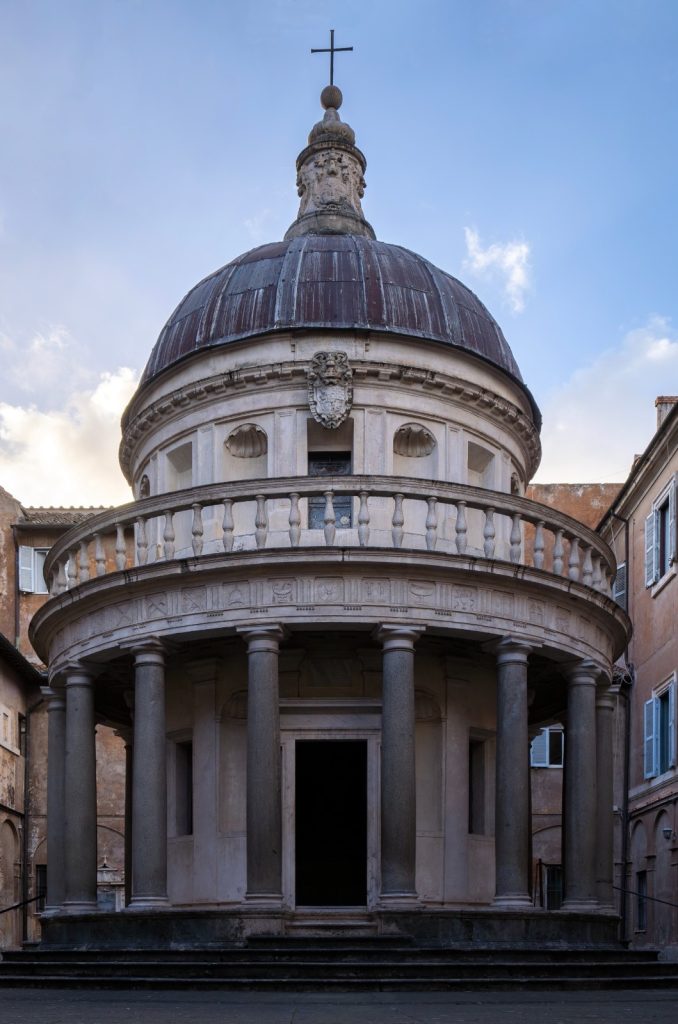
Bramante’s small but sacred structure marks a turning point in architectural history. With its circular plan, Doric columns and perfect proportions, it is often seen as the moment the Renaissance reached full maturity.
St. Peter’s Basilica, Vatican City
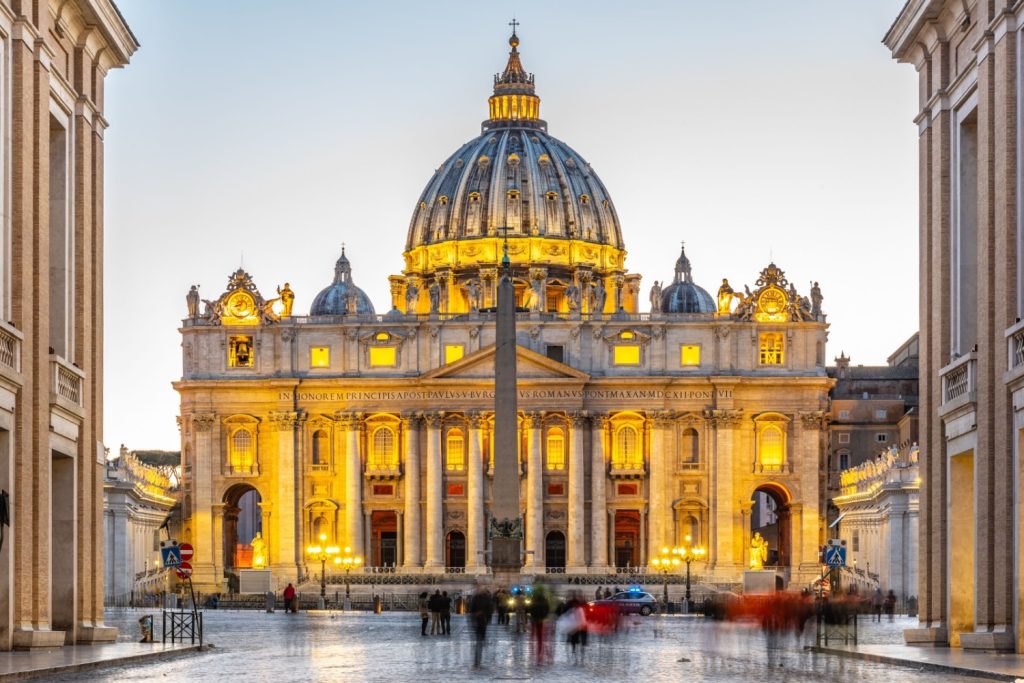
A collaboration across generations—Bramante, Raphael, Michelangelo and later Maderno—the basilica represents the evolution of Renaissance ideals into monumental form. Its dome, designed by Michelangelo, is one of the most recognisable silhouettes on the planet.
Palazzo Pitti, Florence

These civic and cultural landmarks embody the Florentine Renaissance spirit—power, stability and elegant restraint. Their rusticated stone façades and orderly windows demonstrate the new architectural discipline of the age.
Villa La Rotonda, Vicenza
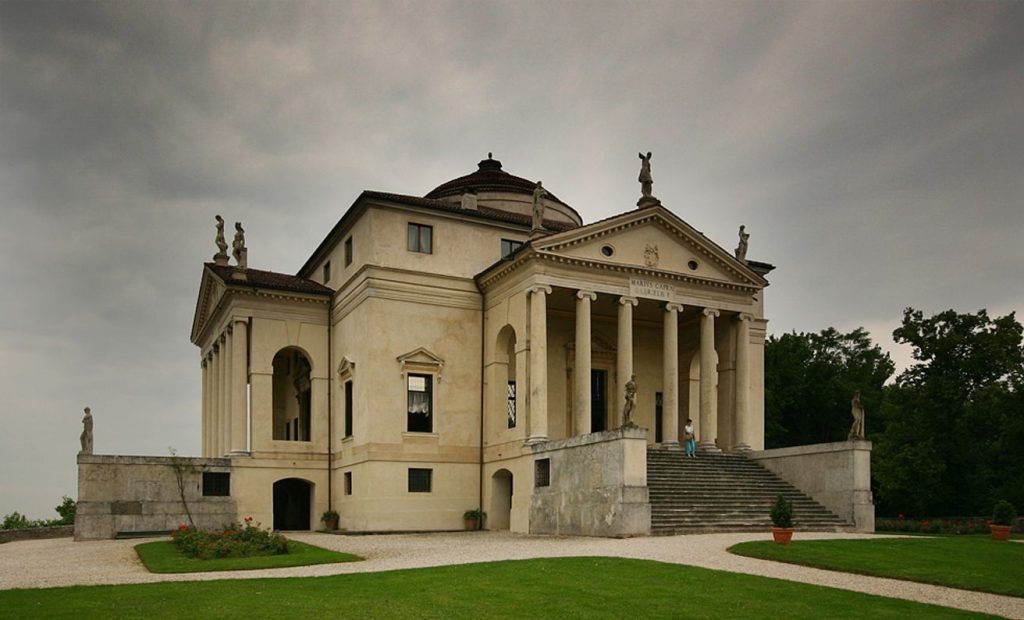
Palladio’s crown jewel, La Rotonda, features four identical porticos and a domed central hall—an idealised form that inspired everything from English country houses to American plantation architecture.
A Legacy That Still Builds The Future
Renaissance architecture did more than introduce a new style—it reshaped how the world thinks about space, proportion and design. Its influence is visible in neoclassical government buildings, university campuses, museums and even suburban houses. The era’s emphasis on balance, symmetry and humanism continues to define what we consider “orderly” and “beautiful” in built form.
More importantly, Renaissance architecture reconnected designers with the belief that buildings are not simply shelters—they are expressions of culture, intellect and aspiration. As a result, its legacy remains not just in stone and marble, but in the very principles that guide modern architecture.